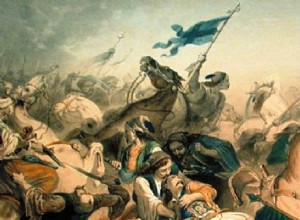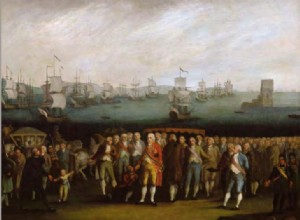Το παρόν κείμενον αποτελεί μέρος της πρωτότυπης επιστημονικής εργασίας του υπό τον τίτλον «Η θέσμισις της Προστασίας εν Ελλάδι και ο ρόλος του Αγγλικού Κόμματος, με συνεκτίμησιν της Γεωπολιτικής των Θαλασσίων Δυνάμεων στο υποσύστημα της Ανατολικής Μεσογείου:Συνδυαστική Νεο-Μαρξιστική, Ρεαλιστική και




